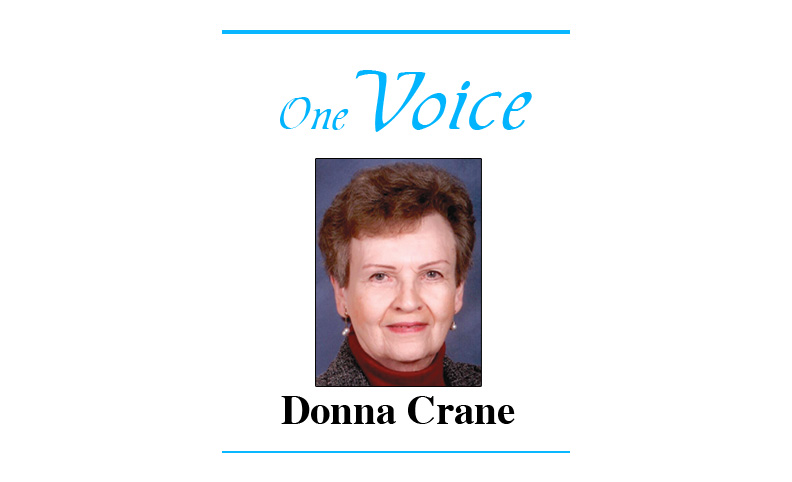
Reprinted from the August 5, 2021 edition
Second of three parts
Every day we find ourselves in gatherings, Priya Parker writes in “The Art of Gathering.”
(Part one was an esssential methods of gatherings. We find ourselves in part two.)
“For as long as she lived, Virginia Kirkus told everyone that the idea for the Virginia Kirkus Bookshop Service came to her in the middle of the night. There’s no reason not to believe her, but the epiphany had been a long time coming. It reached her, she said, fully formed, aboard a ship returning to New York from Germany, where she went for eight weeks in the Summer of 1932 to visit her parents; her father was an Episcopal minister serving at the American Church in Munich. Just before she set sail for Germany, Kirkus was told by her bosses at Harper & Brothers (now HarperCollins) that in six months’ time, not only her job as the head of the Department of Books for Boys and Girls, but the entire department would be ‘laid upon the shelf,’ as she put it, at least temporarily. ‘The depression was making its impress on our sales,’ she later reflected. ‘People were thinking that new books for children were unnecessary, while the old ones could serve.’
“Nevertheless, Kirkus didn’t change her travel plans (except to downgrade to tourist class). On her second night of the return voyage to America, she dreamed ‘so vivid a dream that it seemed to be an outline written on a blackboard.’ She jotted down the bare bones of what the Service would accomplish and how. She went back to sleep. ‘In the morning it still looked like a good idea,’ she later wrote in the Vassar alumnae magazine, ‘so I took the remainder of the voyage to chart my procedure, to write letters sounding out key people, and to work out details.
“It struck me the booksellers were usually in the position of buying a pig in a poke.
“Although the idea for the Service blossomed that night on the ship, it had been bubbling in Kirkus’ mind for at least several years. When she directed the Department of Books for Boys and Girls, she would occasionally make trips around America visiting booksellers.
“‘It struck me the booksellers were usually in the position of buying a pig in a poke,’ she explained later in life. ‘They looked over all the publishers’ lists and ordered books with nothing but the publishers’ say-so to guide them in deciding which books they needed in quantity.”’
Continued next week

